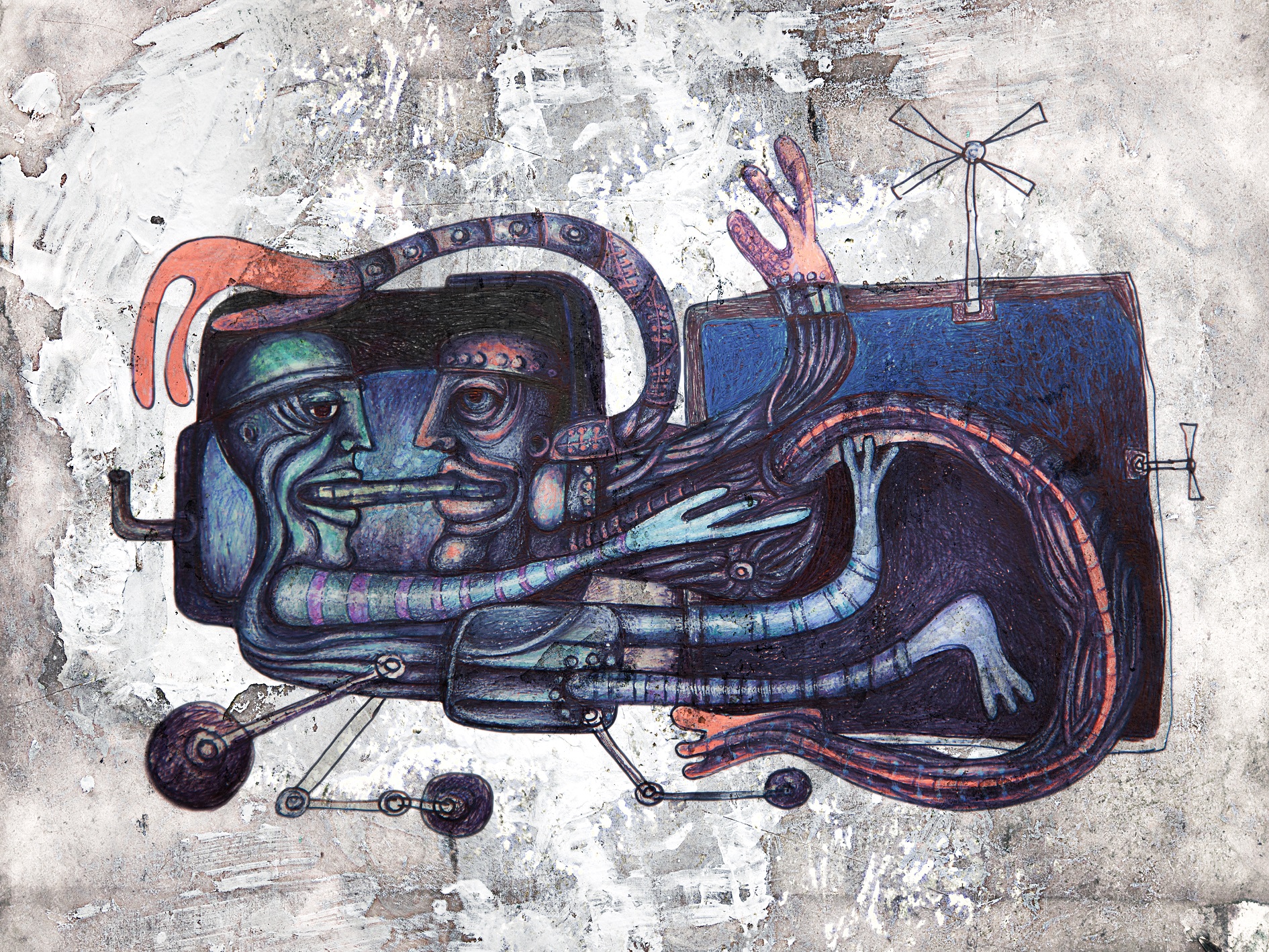
Psychology has a monumental role to play when it comes to understanding and contextualizing anomalous experiences. The first strides, from a historical perspective, were made in the 1880s by the British Society for Psychical Research. Roughly a century afterwards Stanislav and Christina Grof took it a step further when they pioneered the related terms spiritual emergence and spiritual emergency (Grof & Grof, 1989; 1990). Save for being interrelated they represent a continuum of experience. According to the researchers psychospiritual development and personal growth sometimes occur when an experient cycles through ‘non-ordinary states of consciousness,’ spontaneous anomalous experiences of a psychic or extra-personal nature that may be appraised as ego-dystonic and appear to be irreconcilable with the existing cognitive schemata of self and cosmos. As harbingers of transformational crises they take many forms–kundalini awakenings, shamanic initiatory crises, psychic openings, mystical experiences, and so forth (Lukoff, Lu, & Turner, 1998).
An experient with intrapsychic reserves of metacognitive power and ego strength along with access to shared sociocultural frameworks which allow for contextualization of the said phenomena will probably be able to assimilate or accommodate the anomalous information within his or her psychological life narrative without significant upheaval to other domains of life. Put differently, it will see them through the psychological “storm.” When an anomalous state generates existential distress it is defined as a spiritual emergence. On the other hand when protective factors are absent and the ‘rapid’ and ‘dramatic’ plunge into such experiences is unprecedented and unexpected, the experient will likely become so seized and overwhelmed by death anxiety as to impair cognitive, interpersonal, and vocational functioning. The temporary abeyance of cognitive constructs leaves the experient vulnerable to potential self-harm and harming others. An anomalous experience that is distressing and overwhelming is called a spiritual emergency. According to Brent Cortright (1997) the latter is a process where “the self becomes disorganized and overwhelmed by an infusion of spiritual energies or new realms of experience which it is not yet able to integrate” (p. 156). The words ‘not able to integrate’ implies the inveterate activation of primary process defenses like withdrawal, denial, or dissociation which by default arrest movement or working through the crisis in self-esteem.
In retrospection the intention of Grof and Grof (1989) was to differentiate milder anomalous experiences with religious or spiritual themes that ensue in psychospiritual development from more insidious crises which either exacerbate preexisting psychiatric disturbances or facilitate them. In much the same spirit, David Lukoff’s monumental work attempting to depathologize milder anomalous experiences with spiritual and religious content and separate them from their psychopathogical moorings culminated with the inauguration of the DSM-IV category ‘religious and spiritual problem’ (Warwick & Waldram, 2010). Drawing this distinction has allowed researchers in transpersonal psychology and psychiatry to identify and juxtapose contextual factors and personal responses in diagnosed and non-diagnosed experients.
Generally speaking anomalous psychotic-like experiences where the self-concept is disrupted, the metaphysical assumptions of a personal worldview challenged, and self-referential appraisals made comprise the mental architecture of many transformative crises (Brett, 2010). In one phenomenological analysis involving 35 diagnosed individuals and 36 undiagnosed individuals who had reported psychotic-like experiences, it was established that radical and intense shifts in cognitive construct, the existence of paranoia and delusions of persecution and reference, and causal attributions to external supernatural agencies predicted an unsuccessful negotiation of the process and inveiglement by the demons of psychopathology (Brett, 2010). More benign outcomes and positive transformations were associated with the ability to confer deepest spiritual meaning to the anomalous experience and inner feelings of pronoia. Acceptance and non-judgmental social support, the ability to self-regulate through self-care, capacities for reflection, and finding purpose were other protective factors against pathological psychosis (Brett, 2010). Burgeoning these with therapeutic interventions could undoubtedly help skew the transformative crisis toward positive transformation and growth.
References
Brett, C. (2010). Transformative crises. In I. Clarke (Eds.), Psychosis and spirituality: Consolidating the new paradigm (pp. 155-174). Chichester, UK: John Wiley & Sons. Doi: 10.1002/9780470970300.ch13
Cortright, B. (1997). Psychotherapy and spirit: Theory and practice in transpersonal psychotherapy. Albany, NY: SUNY Press.
Grof, S., & Grof, C. (Eds.). (1989). Spiritual emergency: When personal transformation becomes a crisis. Los Angeles, CA: Tarcher.
Grof, C., & Grof, S. (1992). The stormy search for the self: A guide to personal growth through transformational crisis. Los Angeles: Tarcher.
Lukoff, D., Lu, F., & Turner, R. (1998). From spiritual emergency to spiritual problem: The transpersonal roots of the new DSM-IV category. Journal of Humanistic Psychology, 38(2), 21-50.
Warwick, S. and Waldram, R. (2010) Exploring the Transliminal: Qualitative Studies, in Psychosis and Spirituality: Consolidating the New Paradigm, Second Edition (ed I. Clarke), John Wiley & Sons, Ltd, Chichester, UK. doi: 10.1002/9780470970300.ch14








